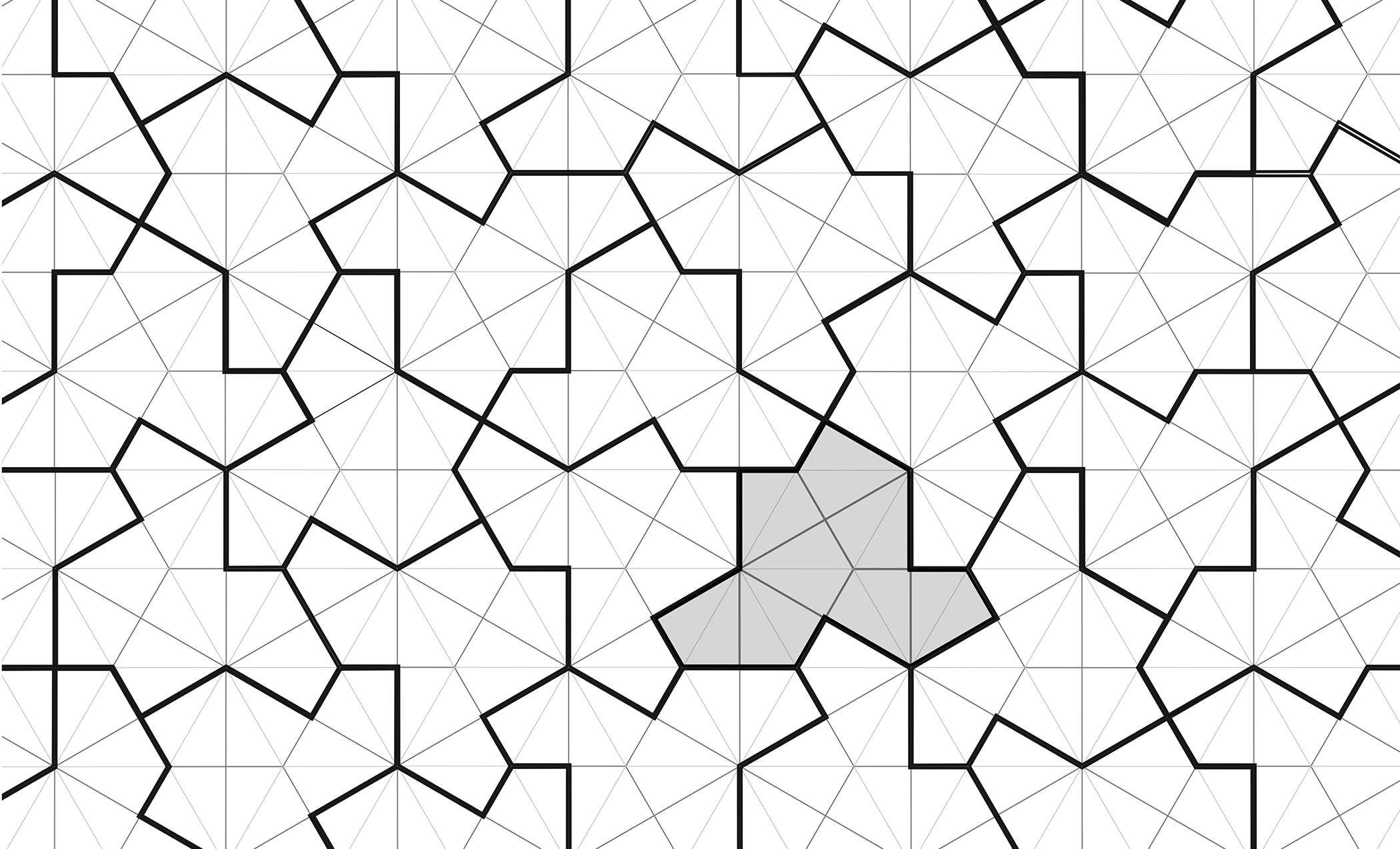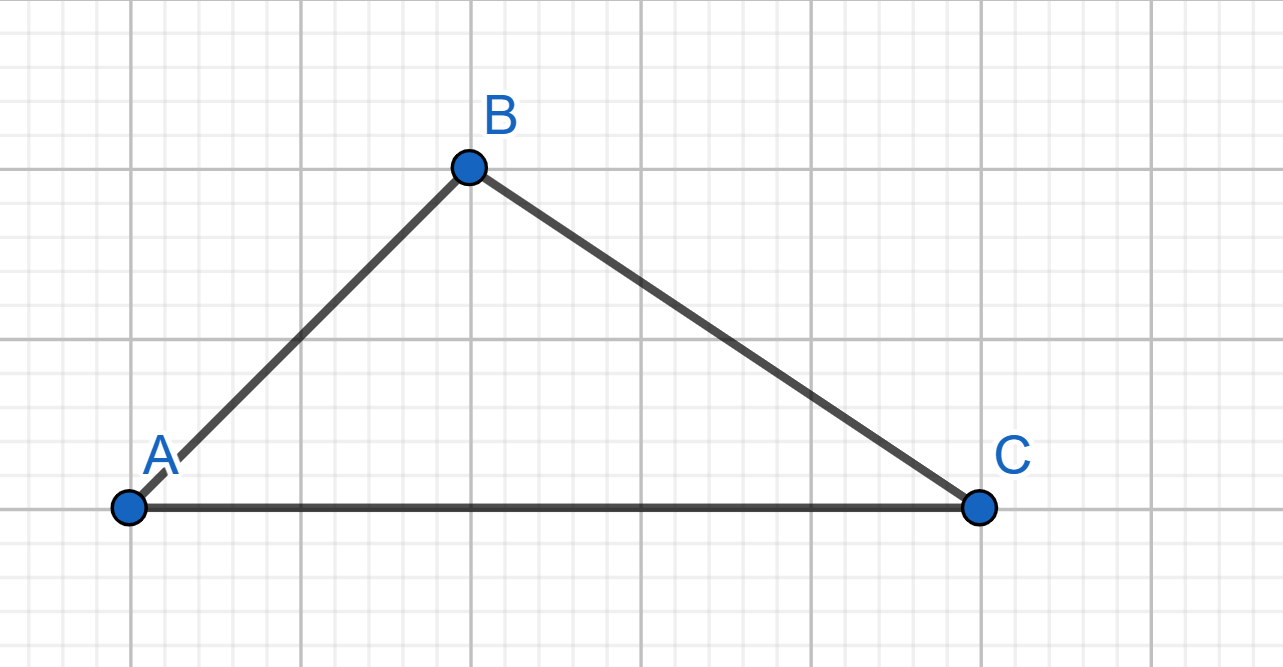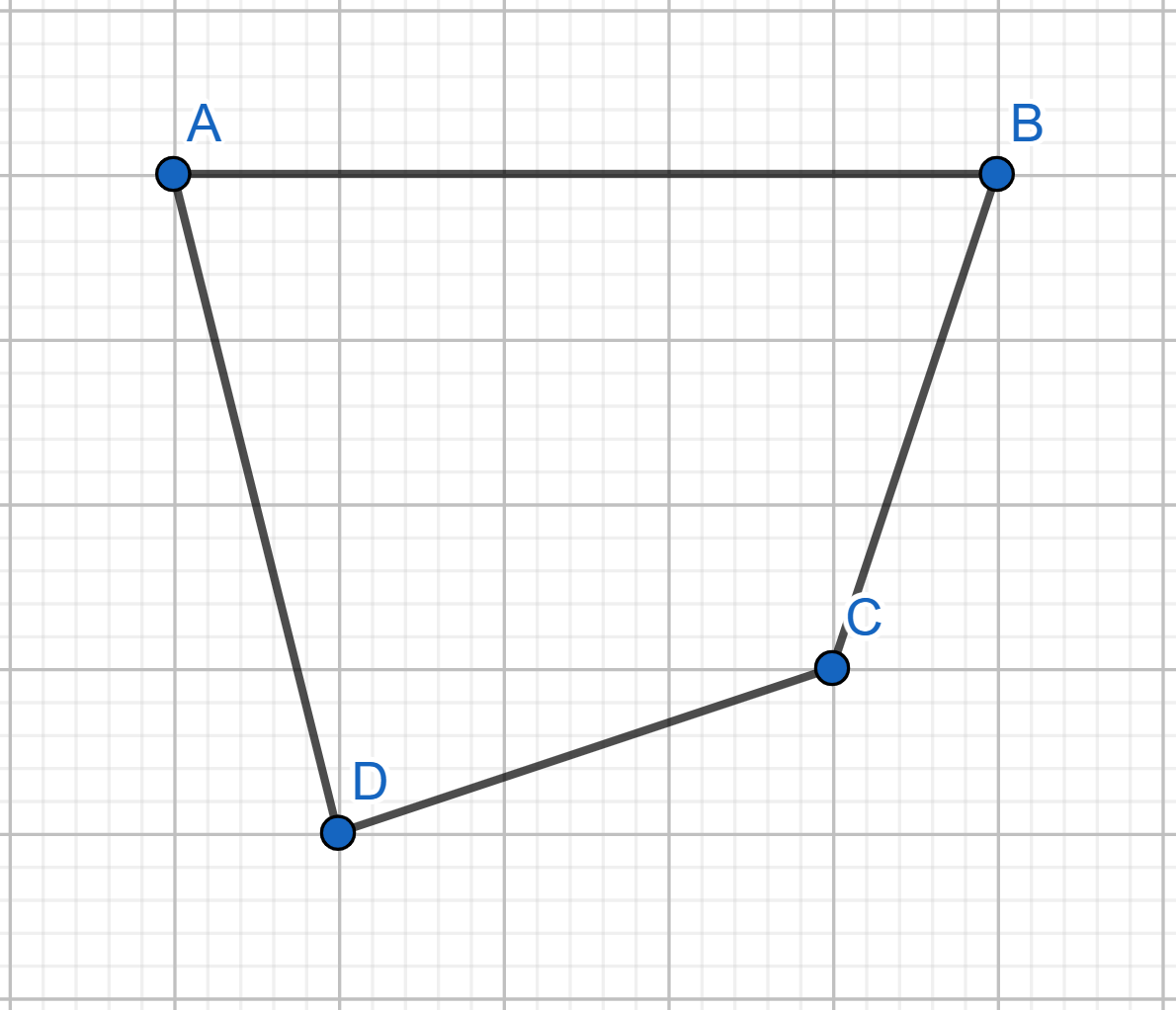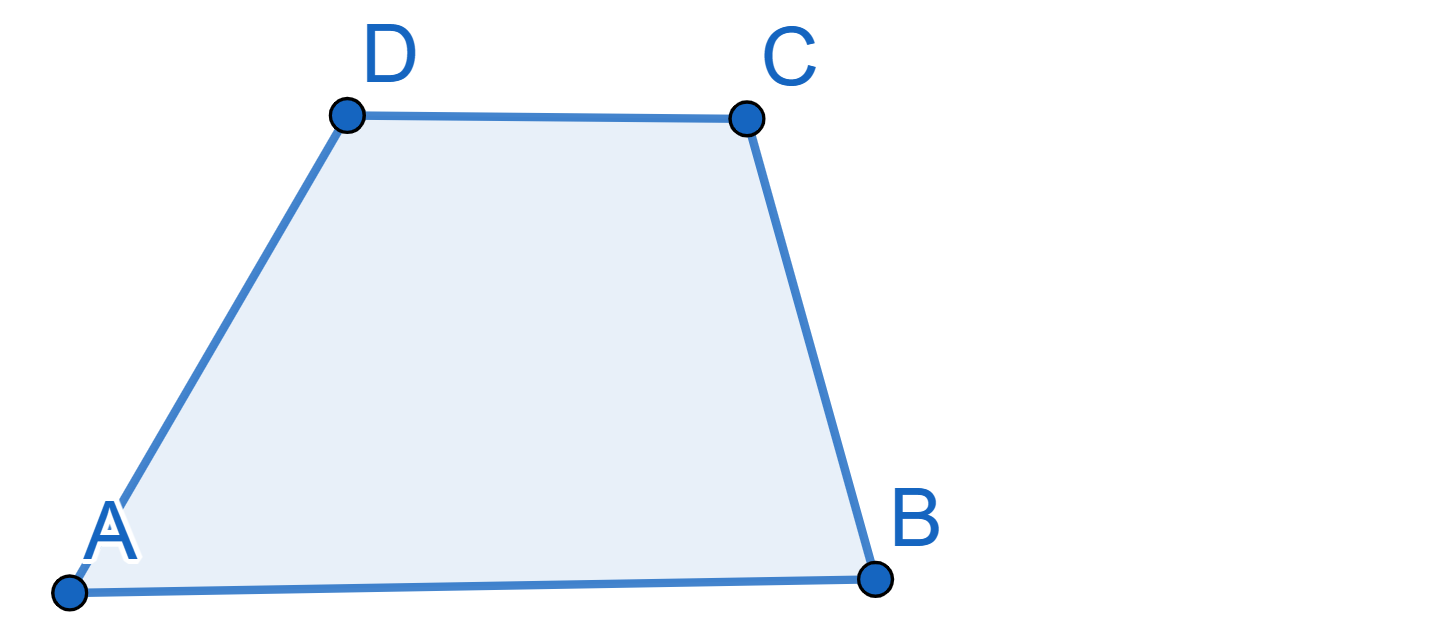Problems
A real number \(y\) is such that \(y+\frac1{y}\) happens to be an integer. Show that for any natural \(n\), it is also true that \(y^n + \frac1{y^n}\) is an integer.
DRAFT
We need to ensure that there isn’t overlap with the first areas problem
sheet.
We can introduce the areas of a new shape, e.g. a trapezium more
formally. Maybe an ellipse?
We’ll explore how to tile the plane using rectangles, more general quadrilaterals, pentagons and more unconventional shapes. In this exercise sheet, we define a plane tiling as a covering of the entire plane, without any gaps or overlaps, using identical geometric shapes that can be rotated or reflected to one another. Usually, it is sufficient to cover a small portion of the plane with a particular pattern that we see can be extended to cover the entire plane.
In the majority of today’s problems, one only needs to create a pattern for a small section of the plane, which can then be extended to cover the entire plane through repetition. Such tilings are referred to as periodic. Finding a tiling of the plane using identical shapes that is not periodic, meaning the pattern never repeats itself, has been a long-standing open problem. However, this problem was solved in an article published in March 2023 by David Smith, Joseph Samuel Myers, Craig S. Kaplan, and Chaim Goodman-Strauss. The idea of their solution is the following diagram from the article:

The hard part is to prove that this tiling is aperiodic.
Show how to cover the plane with triangles of the following shape.

Show how to cover the plane with convex quadrilaterals.

Draw how to tile the whole plane with figures, made from squares \(1\times 1\), \(2\times 2\), \(3\times 3\), and \(4\times 4\), where squares are used the same amount of times in the design of the figure.
Draw the plane tiling with:
squares;
rectangles \(1\times 3\);
regular triangles;
regular hexagons.
Draw the plane tiling using trapeziums of the following shape:

Here the sides \(AB\) and \(CD\) are parallel.
For any triangle, prove you can tile the plane with that triangle.
Prove that one cannot tile the whole plane with regular pentagons.